Service hotline
+86 0755-83044319
release time:2025-07-21Author source:SlkorBrowse:1031
A data converter is an instrument, device, and also an electronic component. Its main function is to convert other types of electrical energy signals into another type, and can convert one type of electrical energy factor signal into another. Data conversion can be divided into two main categories: electrical energy signal conversion and electrical energy factor signal conversion. The following is a detailed introduction by AMEYA360 Electronic Component Purchasing Network: the basic working principle and usage method of data converters.
The basic working principle of a data converter is to convert digital signals into analog signals or analog signals into digital signals. Digital signals are represented by binary coding; for example, 8-bit binary coding can convert 256 different levels into digital signals. When converting digital signals to analog signals, the data converter compares the digital signal with a reference voltage and converts the result into an analog signal. Conversely, when converting analog signals to digital signals, the data converter compares the analog signal with a reference voltage and converts the result into a digital signal.
There are various types of data converters, including:
1. Non-inverting Proportional Amplifier (INA): INA is a basic non-inverting proportional amplifier that converts input signals into output signals, and its amplification factor can be set manually. INA is widely used in data acquisition and amplification systems.
2. Inverting Proportional Amplifier (OTA): OTA is an inverting proportional amplifier that converts input signals into output signals, and its amplification factor can be set manually. OTA is widely used in digital signal processing and digital communication systems.
3. Non-inverting Proportional-Integral Amplifier (INAI): INAI is a non-inverting proportional-integral amplifier that converts input signals into output signals, with a manually set amplification factor, and stabilizes the output signal through an integrator. INAI is widely used in data acquisition and amplification systems.
4. Inverting Proportional-Integral Amplifier (OTAI): OTAI is an inverting proportional-integral amplifier that converts input signals into output signals, with a manually set amplification factor, and stabilizes the output signal through an integrator. OTAI is widely used in digital signal processing and digital communication systems.
5. Dual-Channel Converter (DCD): DCD is a dual-channel converter that converts digital signals to analog signals or analog signals to digital signals. DCD is widely used in digital communication and computer systems.
A data converter can be used to convert digital signals to analog signals or analog signals to digital signals. The following are simple steps:
(1) Determine the type of data converter to be used.
(2) Configure the data converter to convert digital signals to analog signals or analog signals to digital signals.
(3) Connect the input signal to the input pins of the data converter.
(4) Connect the output signal to an amplifier or send the signal to other devices for further processing.
(5) Measure the output signal of the converter to ensure it meets the expected performance indicators.
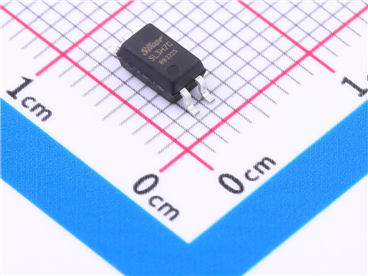
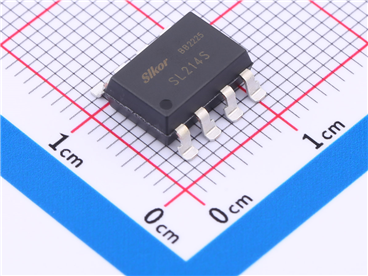
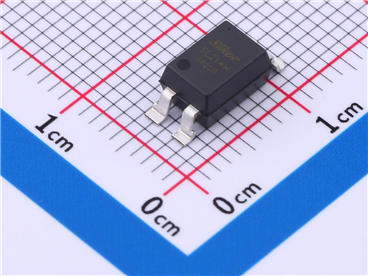
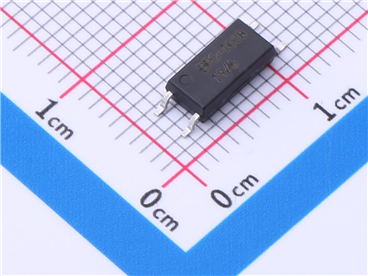
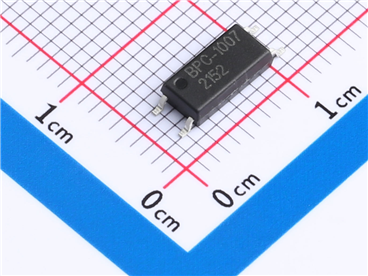




Site Map | 萨科微 | 金航标 | Slkor | Kinghelm
RU | FR | DE | IT | ES | PT | JA | KO | AR | TR | TH | MS | VI | MG | FA | ZH-TW | HR | BG | SD| GD | SN | SM | PS | LB | KY | KU | HAW | CO | AM | UZ | TG | SU | ST | ML | KK | NY | ZU | YO | TE | TA | SO| PA| NE | MN | MI | LA | LO | KM | KN
| JW | IG | HMN | HA | EO | CEB | BS | BN | UR | HT | KA | EU | AZ | HY | YI |MK | IS | BE | CY | GA | SW | SV | AF | FA | TR | TH | MT | HU | GL | ET | NL | DA | CS | FI | EL | HI | NO | PL | RO | CA | TL | IW | LV | ID | LT | SR | SQ | SL | UK
Copyright ©2015-2025 Shenzhen Slkor Micro Semicon Co., Ltd